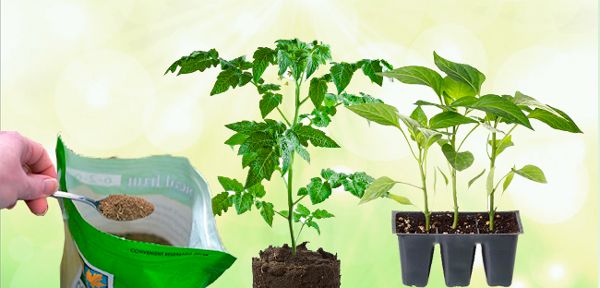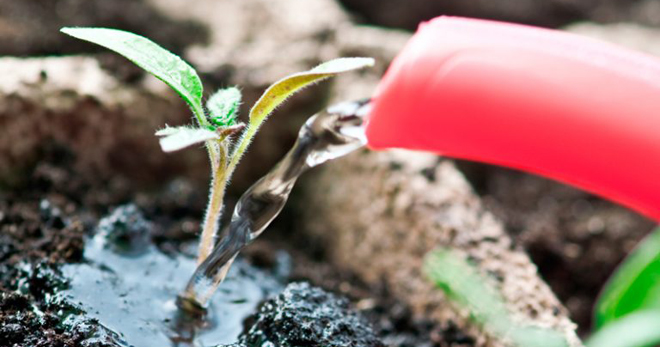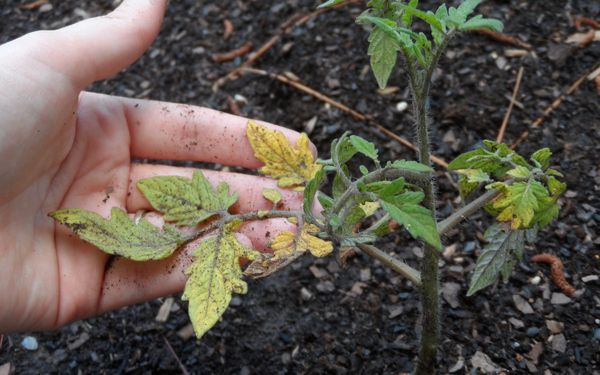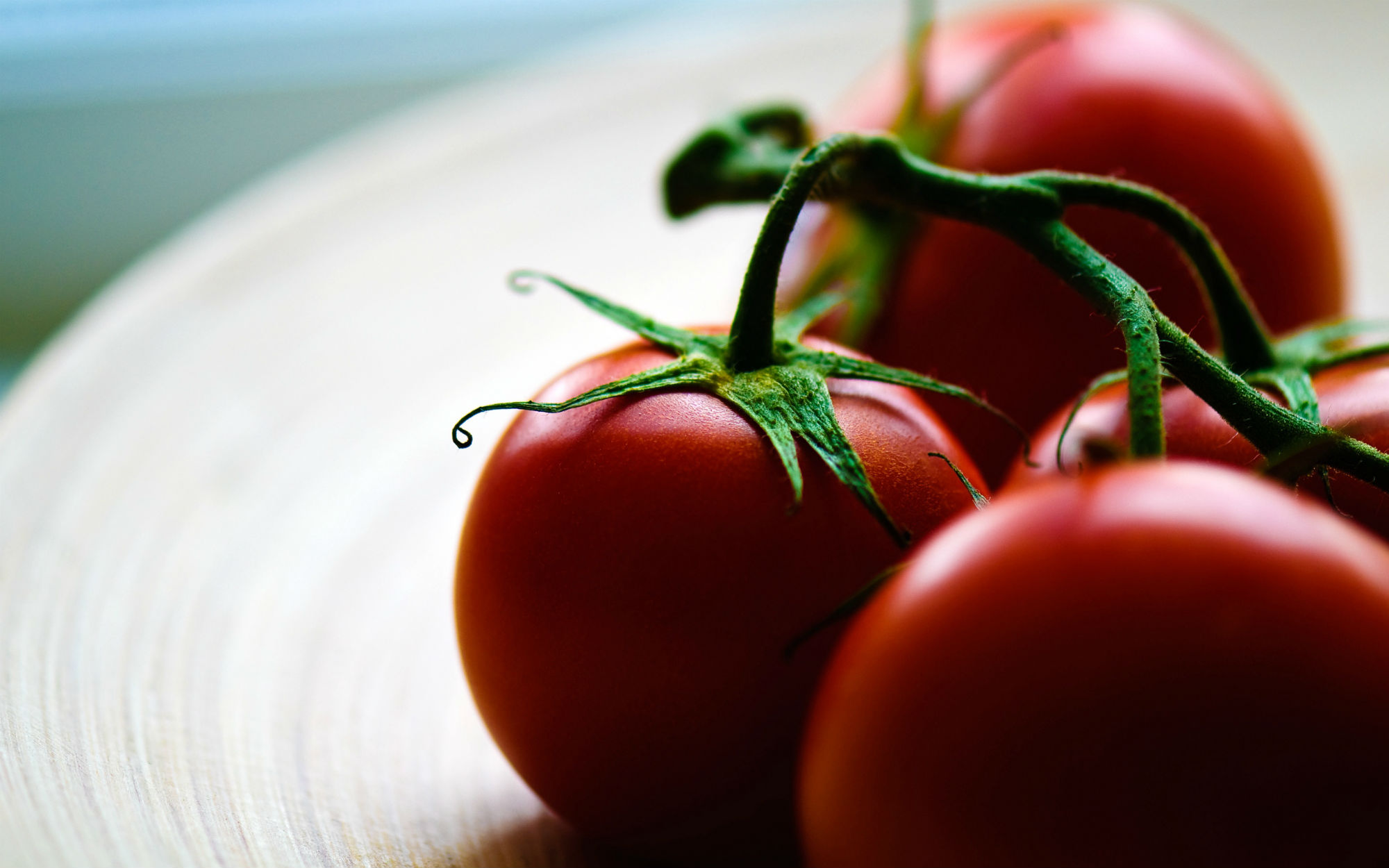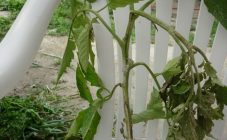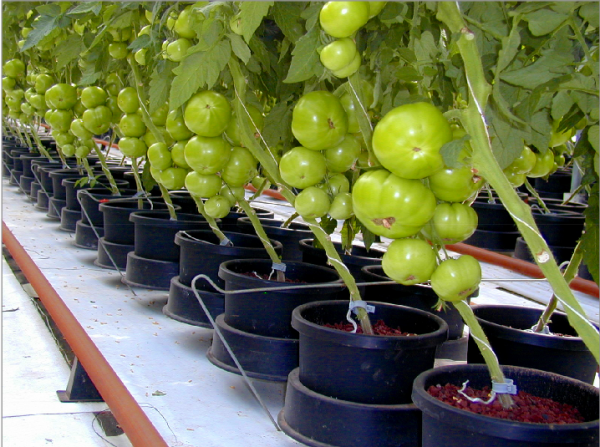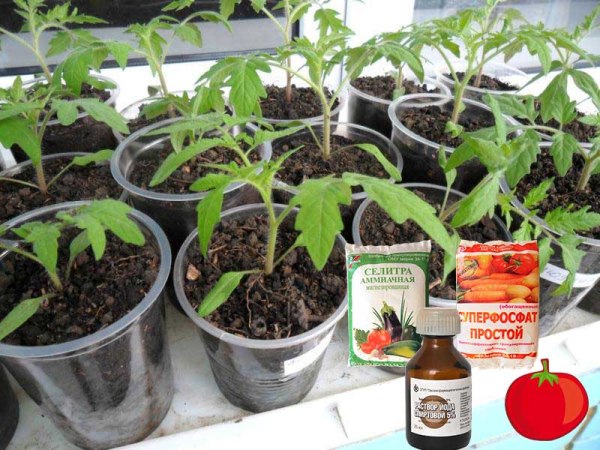Content:
Many gardeners are supporters of the use of folk remedies for feeding tomato and pepper seedlings. And there are several reasons for this:
- Such funds cost a penny;
- They do not contain toxic substances that can get into the fruit;
- They are always at hand;
- They are very effective.
There are a huge number of folk recipes tested by many generations of gardeners. Among them:
- Avian litter it is worth applying once, when there are only a few leaves on the sprouts. The droppings are diluted with water in a 1: 2 ratio, left for 5 days, then this substance is diluted with water 1:10 and the seedlings are watered. You should not use bird droppings more than once, there is a risk of oversaturation of the soil with nitrogen, and then all the plants will die.
- Yeast help accelerate seedling growth and strengthen the stem. Recipe: 10 gr. dry yeast, a teaspoon of sugar, a liter of water. Let it brew for 2 hours, then dilute in 5 liters of water and water the seedlings.
- Egg shell - it contains a whole range of nutrients. The shell of 3 eggs is poured into 0.5 liters of warm water and loosely covered with a lid. After 3 days, the water becomes cloudy, the fertilizer is ready.
- Banana peel, it is rich in potassium. Pour 4-5 banana skins with 3 liters of water and leave for 3 days. Dilute the infusion with water 1: 1 and water the plants.
- Woody ash very useful for plants if there are no foreign impurities in it. 1 tablespoon of ash is poured with 1 liter of water and insisted for a day, after which watering is carried out.
- Potato decoction - an extremely easy-to-prepare product for strengthening seedlings. You can boil potato peels, cool the water, and water the plants. And you can do even easier and water the young shoots with water where the tubers were boiled.
- Onion husk - the best top dressing for peppers and tomatoes at any stage of growth.
All these substances are, to one degree or another, rich in the basic elements necessary for the rapid growth and strengthening of plants, namely:
- Nitrogen;
- Potassium;
- Phosphorus.
Onions are a real storehouse of vitamins and minerals. In addition to the listed substances, onion skins are rich in other useful components, including:
- Phytoncides, organic compounds with excellent bactericidal properties. They are responsible for the destruction of harmful bacteria both on the plant itself and in the soil;
- Quercetin is a powerful antioxidant that helps small bushes of seedlings gain strength and grow faster;
- Carotene - increases resistance to the external environment, gives strength to grow young shoots;
- B vitamins - stimulate the growth and strengthening of plants;
- Group of vitamins PP - helps to absorb oxygen and strengthens the roots.
How to use onion skins to feed seedlings
Onion peel not only feeds tomatoes and peppers with useful elements, but also fights pests and diseases. Spraying the leaves of plants with onion broth will speed up the appearance of fruits, as well as scare off aphids, caterpillars and spider mites.
The infusion of onion peels for feeding seedlings of tomatoes and other plants is suitable for both greenhouse residents and plants in garden beds. It can be used in all climates and in any soil.
The main signs indicating that plants need onion supplementation:
- Fungus or black rot infection;
- Yellowing of the leaves;
- Sprinkling of fruits in greenhouse plants;
- Weakness of the stem and root system;
- Infection with aphids, caterpillars, ticks and other pests.
Plants with such signs can be watered several times per season, but the seedlings should be “fed” no more than once every two to three weeks. Too frequent supplementation will only worsen the condition of a sick tomato or pepper.
The recipe for making nutritious watering is simple: two tightly packed glasses of husk are poured with 2 liters of water and insisted for 2 days. Then dilute with water 1: 3 and water the seedlings.
In addition to the infusion, you can prepare a decoction from the onion peel. This is especially true if there is a suspicion that the onion is damaged by thrips. Boiling will destroy all larvae and the raw materials will become completely safe. The scales are poured with water in an enamel bowl and brought to a boil (about two liters of water per glass of fertilizer). When the broth has cooled down, it is ready to use. With this cooking method, the concentration of nutrients becomes higher. The broth is great for prophylactic disinfection of the soil on the site.
However, the husk does not need to be insisted to benefit from it. You can simply mix the pieces of onion “clothes” with the soil before planting the seedlings in it. With each watering, the husk will get wet and release nutrients into the ground.
How to properly feed seedlings with onion peels
Onion husks for tomato and pepper seedlings are the best feeding. It contains all the substances necessary for the formation of strong ovaries of peppers and tomatoes, for their good growth and health.
Usually, the first watering of tomatoes with onion peel is done a few days after planting. Tomatoes are fed the second time during flowering. And then the plants are fed only if necessary, and there are signs of a lack of nutrients. In addition, foliage is sprayed with the same composition two to three times a season. Do not do this more often. If there are too many onions, the fruits of the fed plants will start to smell like them.
Useful watering is best done in the evening. It is necessary to pour the infusion at the root, and water it with plain water only the next day. For each young bush, you need to spend 0.5 liters of the composition, and 1-1.5 liters for a mature one.
Tips and tricks from experienced gardeners
Gardeners and gardeners with extensive experience in growing and harvesting a rich harvest recommend harvesting husks all year round, even in winter. It can be stored in a cardboard box, which will keep the useful pieces until the time of feeding the seedlings and fertilizing the soil.
Here are some other helpful tips:
- When planting peppers and tomatoes in the ground, gardeners are advised to put a small handful of humus and onion husks in each hole. This method of fertilization provides constant nutrition to the plants.
- It is worth using the skin of red onion varieties for fertilization, it contains more quercetin, which means that the plants will be under better protection.
- It is not difficult to check the concentration of the substance: It is enough to taste it, a good infusion will be bitter. If there is no bitterness, then the concentration is too weak.
- To completely get rid of pests, it is worth treating the plant leaves on both sides.
- It is better to use infusions and decoctions within 24 hours after preparation, so they will be more useful.
- Onion husks can be poured over fruits for storage. It will protect against rot and pests.
- To get rid of insects in the area, you need to sprinkle onions in different places throughout the garden.
So, onion peels are an unrivaled helper for the nutrition and protection of tomatoes, peppers and many other plants. It does not cost a lot of money, but it is an invaluable tool for getting a rich harvest.
